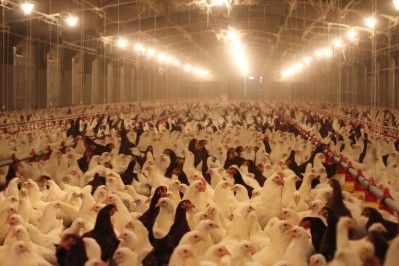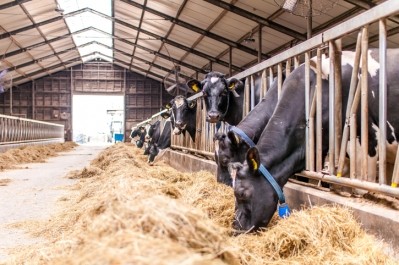Move to increase barley use in feed in Canada

The Alberta-based enzyme and additive company recently published its first assessment of barley quality across Alberta. The work was done with the University of Manitoba and assistance from the Alberta Barley Commission.
Project goals included establishing more information about the nutritional components in barley and how it can be used in animal feed, said Anangelina Archile, technical services manager with CBS.
Much of the information available about barley in Canada relates to malting barley, and there is a gap in information regarding the composition of barley grown for feed use.
“Samples were collected with the help of Alberta Barley Commission from different locations in Alberta and were analyzed for key components," she told FeedNavigator. "The results offer a more realistic technical support to livestock producers regarding the nutritional composition of Alberta feed barley in an effort to achieve maximum productivity with use this ingredient.”
Barley samples collected were checked at the Univerity of Manitoba's department of animal science for several components including protein, starch, phosphorus, non-starch polysaccharides (NSP) and neutral detergent fiber (NDF).
“We’re planning for this year to continue with barley,” she said. “Our goal is to evaluate additional components, and in this way contribute with a deeper understanding of this important crop and its inclusion as a feed ingredient in monogastric diets”.”
Canadian Bio-Systems also is involved in an annual wheat survey, she said.
The findings from the surveys are set to be included in the feed analysis app, called iNSpect, that Canadian Bio-Systems developed to provide customers more detailed analysis about the nutritional elements in their feeds, said Archile.
Feed barley analysis
The survey for 2017-18 collected samples from across Alberta at the end of the 2017 harvest, the company reported. About 7.9m tons of barley were produced in Canada last year, with Alberta accounting for about 50% of the production.
The feed ingredient does have more hard-to-digest elements, such as fiber, than some common feed ingredients, CBS said. However, having more information on the feed grain is expected to help nutritionists and those using it mitigate those unwanted elements.
Overall, the company found that on average crude protein levels were 10.7% but could vary from 8.6 to 15.3% and starch on average was 53.2% and ranged from 48.9 to 57.9%. NDF was found to be 13.6%, which is somewhat higher than other feed ingredients.
There were a few surprises in the data generated, said Archile. These included that the NDF was slightly lower than had been reported in other results.
“That was the only component that was not in agreement with what had been reported.”
The review also provided information regarding the content and type of phosphorus in barley. Total mineral content for phosphorous was about 0.3%, the company said. A portion of the phosphorous was non-phytate phosphorus, although the rest was linked to phytic acid.
“In this case, about 50% is not associated to phytate, so the animal will be able to use that component,” she said. "However, in order for the animals to use the remaining 50%, supplementation with phytase and multi-carbohydrase enzymes is imperative in order to liberate a high percentage of the phytate phosphorus making it available for digestion and absorption."
In other feed ingredients, like wheat, more of the phosphorous can be bound to phytate and need an enzyme to be released.
Additionally, the analysis provided more information about the NSP – including what amount is water soluble and what isn’t, she said. “That is information that is difficult to find – with our surveys we are able to provide information to nutritionists [and] producers regarding the content and type of NSP in order to be able to select the proper multi-enzyme products allowing for an increased inclusion of feed barley into commercial monogastric diets”
On average, the NSP was 17%, of which 72.9% was water insoluble and 27.1% water soluble, the company said.
The analysis also looked to see if results for barley’s nutritional elements had been altered by the hot and dry conditions during the growing season, said Archile.














